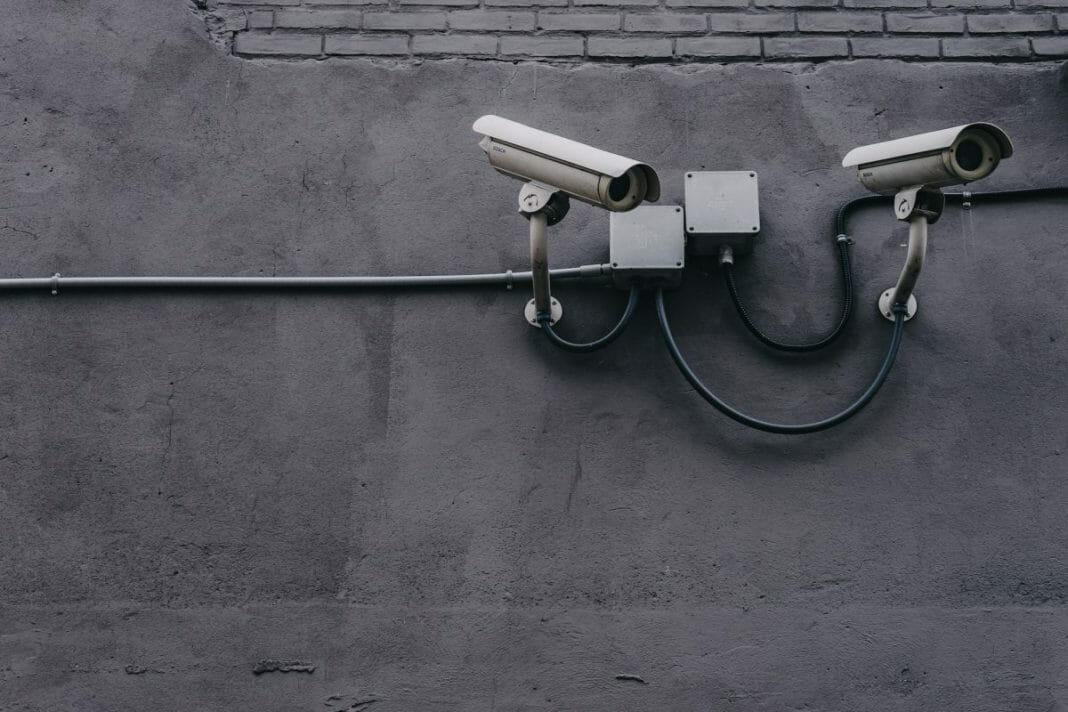Hospitals are often defined as soft targets concerning security. Soft targets are locations that are crowded or densely populated and generally have more than one access point yet limited security personnel present. This situation automatically increases potential security risks. Physical security is presently evolving to meet changing challenges and needs.
In hospitals, people come and go constantly in a 24-hour period thus increasing the risk of theft and even violent acts with so much traffic flow. The physical security of healthcare facilities and hospitals becomes paramount to ensure that they function properly, especially when tasked with saving people’s lives.
Hospital Security Risks
The pandemic heightened the awareness of changing security challenges with the need to monitor body temperature and ensure mask-wearing.
When patients are admitted to hospitals, they are vulnerable because of health issues. They should not be burdened with the stress of inadequate security, nor should their family members have to worry. Staff members including doctors and nurses are often faced with life-or-death situations and need not be distracted by security concerns nor should they be at risk for physical or verbal aggressions.
Expensive hospital equipment, pharmaceuticals, and personal belongings of both staff and patients can easily become targets for theft or vandalism. Unwanted visitors, people under the influence of alcohol or drugs, as well as distraught persons can all pose a risk to hospital security and patient well-being. Hospitals also must store massive amounts of personal data and sensitive information which need to be properly protected.
To keep staff and patients safe as well as protect sensitive information and costly medical equipment, physical security in hospitals is among the top priorities of healthcare facilities.
Hospital Security Tools
Tracking what takes place in a facility is no longer as complex or costly as in the past. Hospitals now have multiple tools and security strategies available to keep facilities safe including many that use technological advancements such as:
CCTV Video Monitoring
Security video monitoring works to prevent criminal actions or potentially explosive situations in lobbies or waiting areas. It also functions as an instrument for gathering evidence of criminal activity on the premises for eventual prosecution. Due to the size of healthcare facilities, tools such as analog cameras used for video monitoring aid security personnel in observing unmanned hospital areas and facilitate responding to emergencies within seconds. CCTV permits monitoring premises outside of the hospital itself. Video monitoring can also implement audio alerts in the event of breaking glass or gunshot sounds.
Access Control
One of the most effective methods for mitigating security challenges is access control. Thanks to advancements in technology now allow for specific areas to be segregated. Authorization can be granted or revoked in real time for visitors, staff, or outside service providers to limit the potential danger. Patients and their property can be more easily protected from undesirable or unauthorized visits. Badge scanners and mobile device apps manage both access and movement. Video monitoring systems can be integrated into access control management that includes facial recognition and thermal monitoring if necessary.
Duress or Panic Alarms
With an increase in workplace violence and physical assaults, hospitals are now installing panic or security alert buttons for staff. These alarm systems can be integrated with video feed so that authorities and security personnel have a direct view of the area where the alert is sounded.
Security Teams Onsite
Professional security personnel are trained to keep the people in the facility safe. They often monitor access control, parking structures, and locations within the facility that are traffic heavy.
Cloud-Based Systems
The use of cloud-based systems for physical security frees up security teams from constant monitoring and puts limited economic resources to better use. Video footage can be stored online and is easily retrievable when needed and all security data is encrypted to comply with privacy and security concerns. These systems are scalable to meet fluctuating needs and can be connected directly to law enforcement in the event of worst-case scenarios.
Automation
Limited security personnel can’t track multiple video feeds simultaneously. The use of AI to automate detection and alert security professionals to potential security challenges through behavior recognition programming frees security personnel to intervene rapidly and effectively when needed.
Data Security
Sensitive health information stored onsite must also be protected from:
- Theft
- Unauthorized access
- Improper unauthorized use or disclosure
- Loss
- Illegal destruction
Sensitive data must be protected round-the-clock 24/7. While many hospitals may be switching to cloud-based systems, for those facilities that still store information onsite, physical security is essential for data protection. Security strategies must also include recovery data plans and backup power sources in the event of a disaster.
The Importance of Physical Security in Hospitals
With evolving security challenges, whether health risks as seen during the pandemic, increased workplace violence, or theft and acts of vandalism, hospitals must enact flexible physical security strategies to guarantee the safety of providers and patients. Improved and advanced security tools equate with better control. Quality physical security ensures better healthcare for everyone involved.
